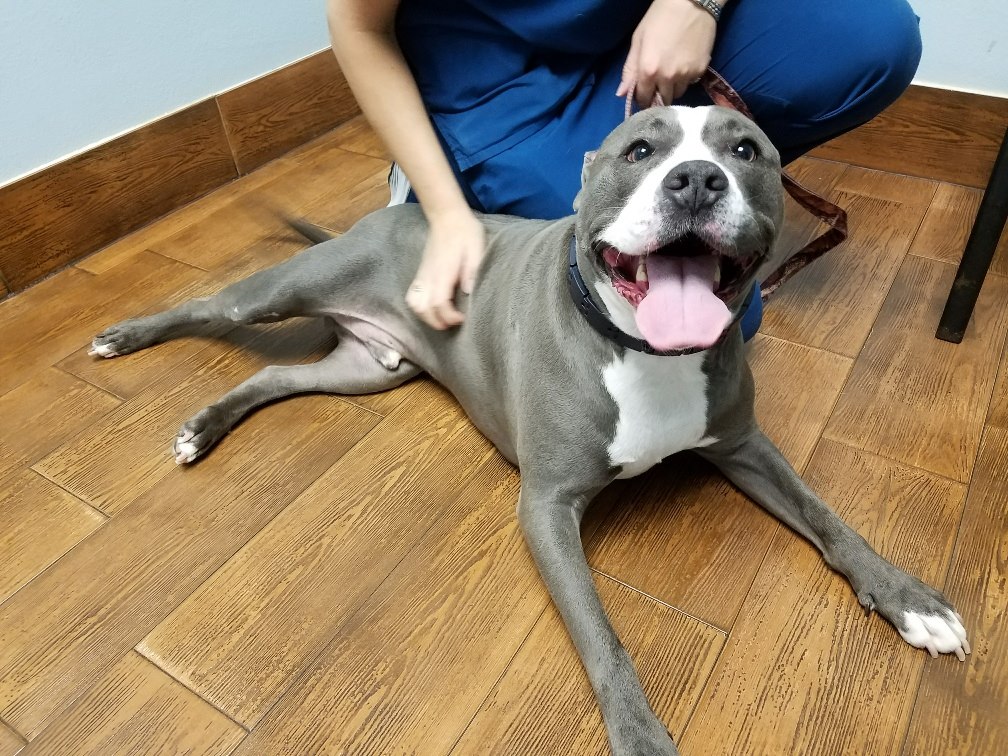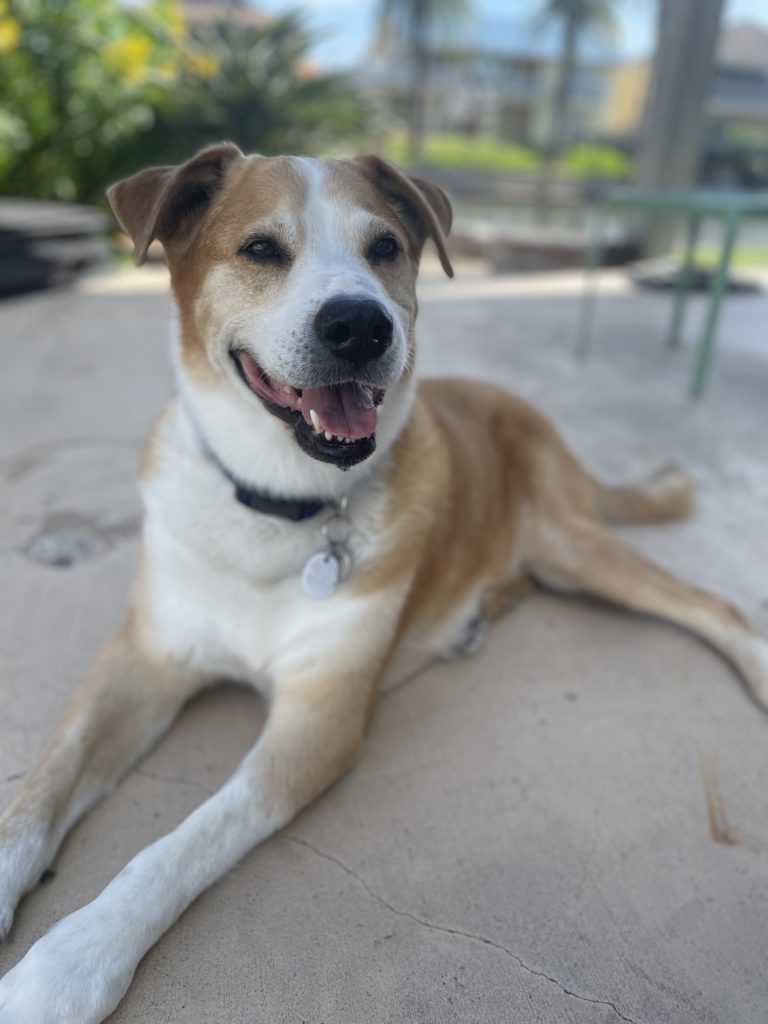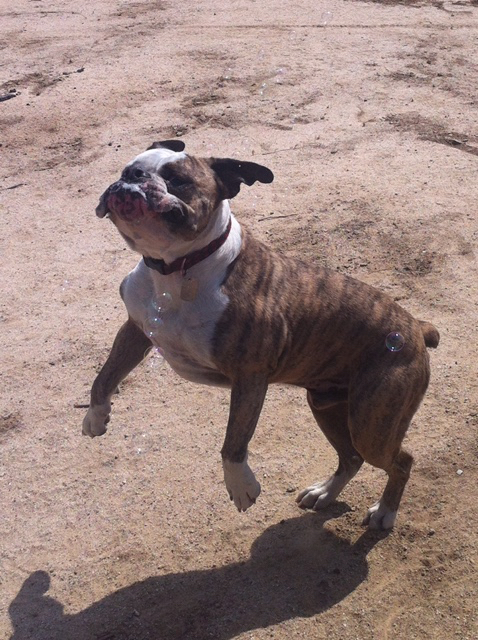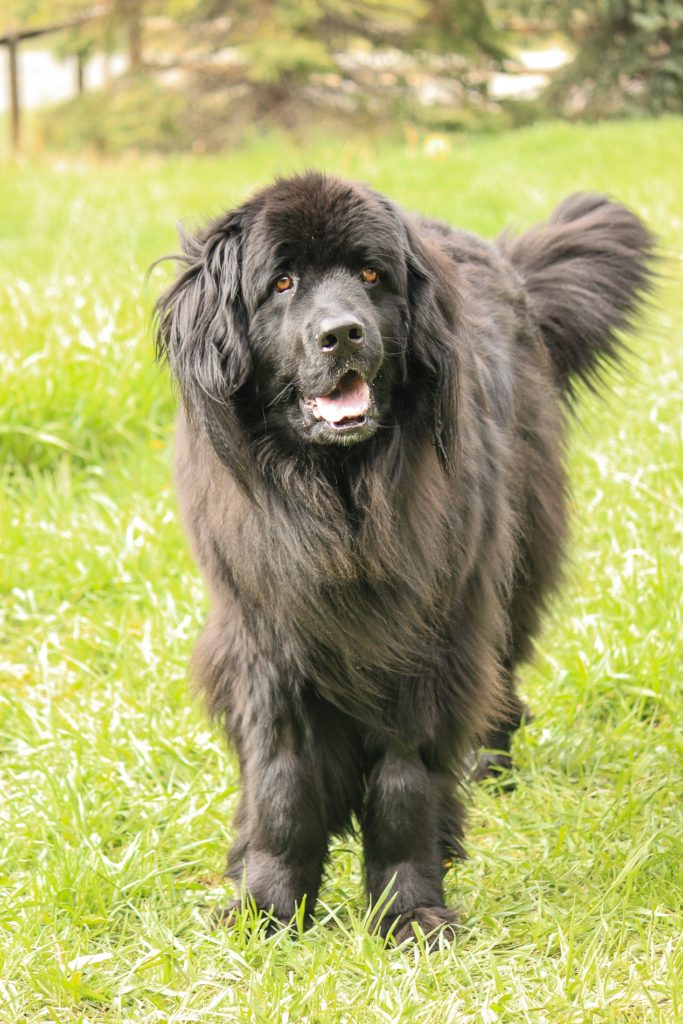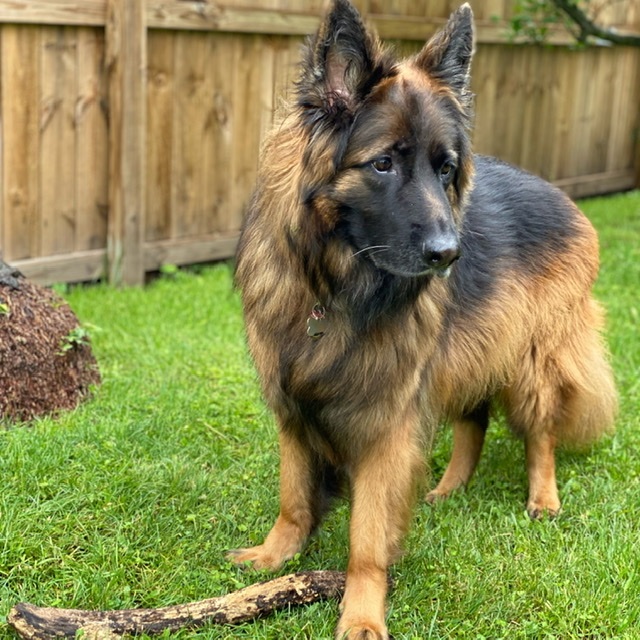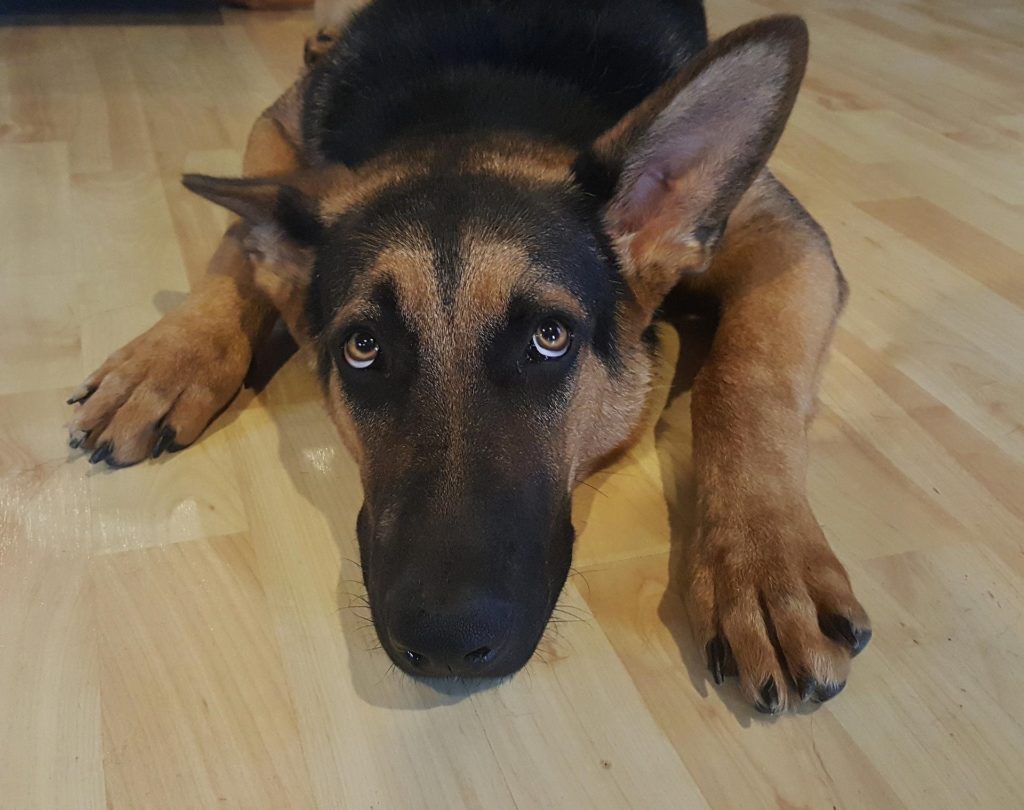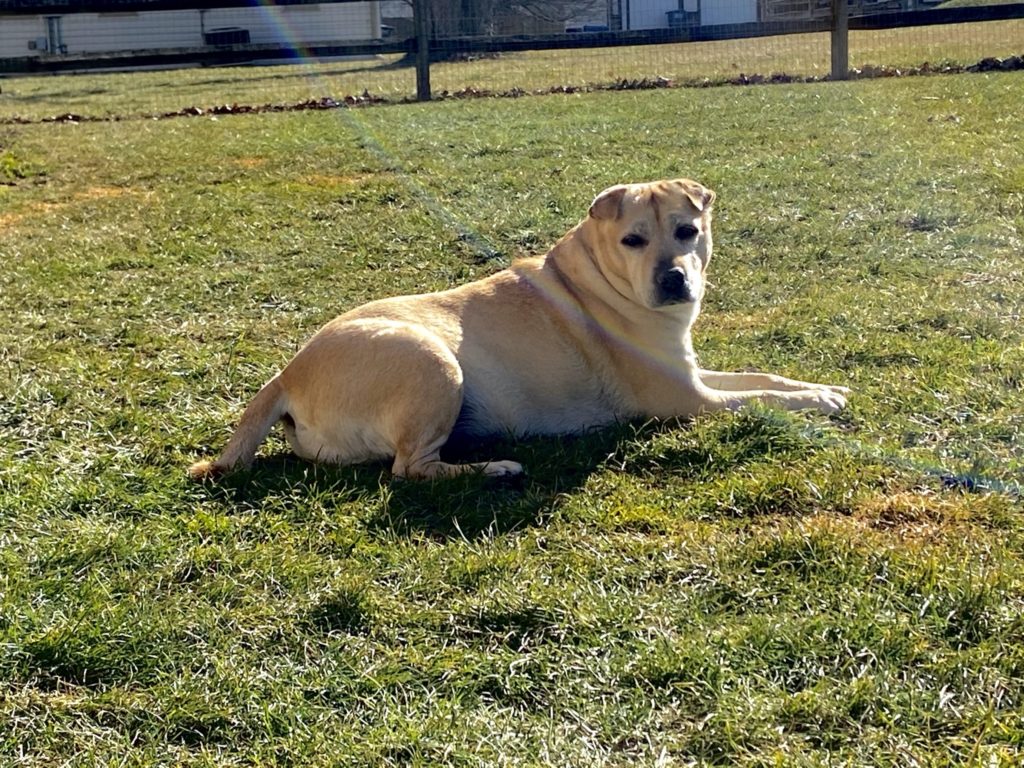Pain Practitioner Treats Agility Dog with VetStem Cell Therapy
As we wrap up Animal Pain Awareness Month, we wanted to share a VetStem Cell Therapy success story. As you may remember from last week’s blog, stem cells have the ability to directly modulate pain, thereby leading to increased comfort and an improved quality of life. This particular patient was treated by the President-Elect of the International Veterinary Academy of Pain Management, Dr. Douglas Stramel. Dr. Stramel, who owns and practices at Advanced Care Veterinary Services, is the first and only Certified Veterinary Pain Practitioner in the Dallas/Fort Worth area.
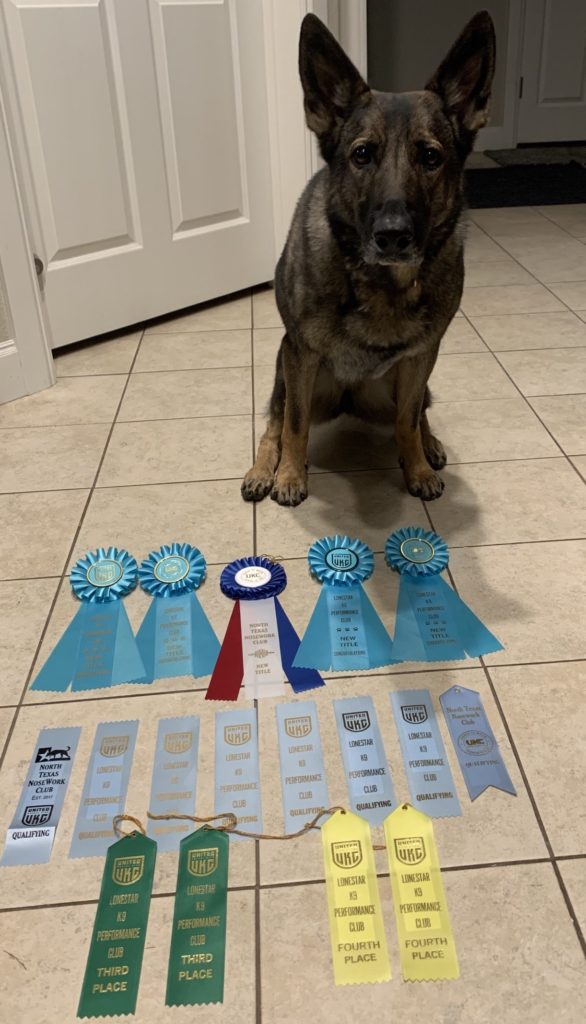
As the President of IVAPM, Dr. Stramel takes pain management very seriously and has made it a primary focus of his veterinary practice. He employs advanced multi-modal pain management protocols including physical therapy, acupuncture, shock wave, laser therapy, and, you guessed it, regenerative medicine. Dr. Stramel has been a longtime user of VetStem Cell Therapy and has treated nearly 50 patients. Thus, when Kim, a German Shepherd and trained agility dog, presented with a partially torn cruciate ligament, he recommended treatment with stem cells.
To begin the VetStem process, Dr. Stramel collected a sample of fat tissue from Kim’s abdomen during a minimally invasive anesthetic procedure. The fat was shipped to the VetStem laboratory where technicians processed the fat to extract and concentrate the stem and regenerative cells contained therein. Three doses were prepared and shipped to Dr. Stramel for injection and the rest of Kim’s cells were put into cryopreservation for potential future use. Approximately 48 hours after the initial fat collection procedure, Kim received an injection of her own stem cells into each knee as well as an intravenous injection.
According to her owner, Kim had a great response to stem cell therapy and her knee is still doing well. She was even able to return to competition! Her owner stated, “Kim’s stem cell injection has provided her an opportunity to live her best life. We decided to change sports, so she now does AKC Rally and UKC Nosework. She continues with rehab to keep her knee in the best possible shape. Her rehab includes cold laser, underwater treadmill, and acupuncture therapy every 2-3 months.”
While stem cells have many mechanisms of action, studies focusing on the ability to directly affect acute and chronic pain have been relatively recent. Stem cells can also down-regulate inflammation and contribute to tissue regeneration, all of which helped to get Kim feeling better.
If you think your pet may benefit from VetStem Cell Therapy, speak to your veterinarian or contact us to receive a list of VetStem providers near you.

